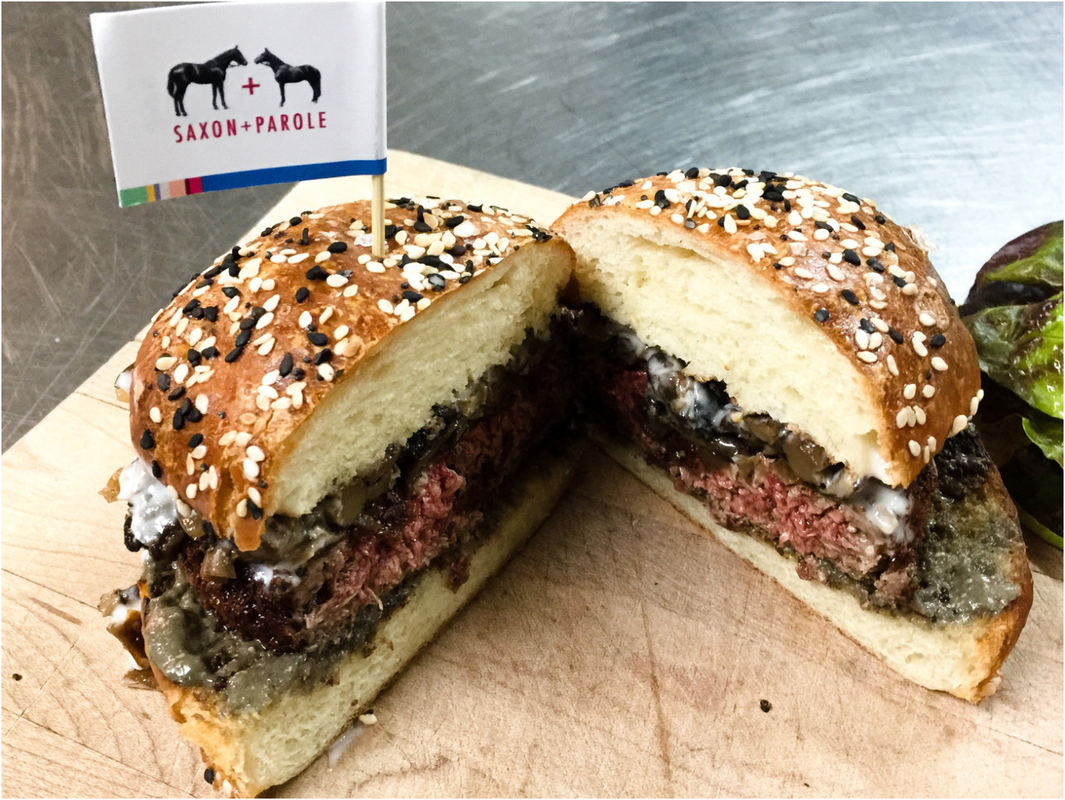As a former vegetarian I love this idea! A professor at Stanford University realized that raising meat is costly to the environment and may not be able to feed our rapidly growing human population. At the same time, he realized that humans have been eating meet for thousands of years and love its taste, and that most 'veggie burgers' just don't deliver on taste. So, he found that much of the taste of a burger comes from the hemoglobin, or blood protein, in the meet. Turns out that plants make small amounts of hemoglobin too. Brown's lab engineered the gene for vegetable hemoglobin into yeast to produce large amounts of it. The resulting burger looks and tastes pretty authentic:
"To charge a premium, Duff says, the makers will have to work hard to tell the story that this burger is better for the Earth, because he doesn't think the taste alone will stand out for people. If you never told people what's in the burger, Duff says, "they quite literally would not know."
"To charge a premium, Duff says, the makers will have to work hard to tell the story that this burger is better for the Earth, because he doesn't think the taste alone will stand out for people. If you never told people what's in the burger, Duff says, "they quite literally would not know."

 RSS Feed
RSS Feed